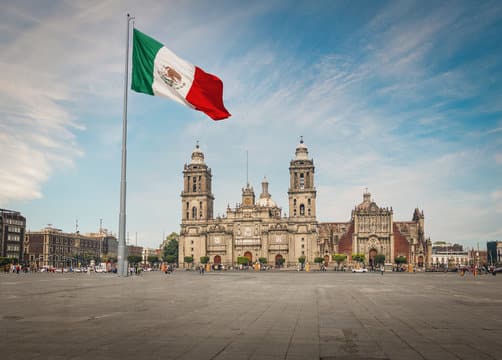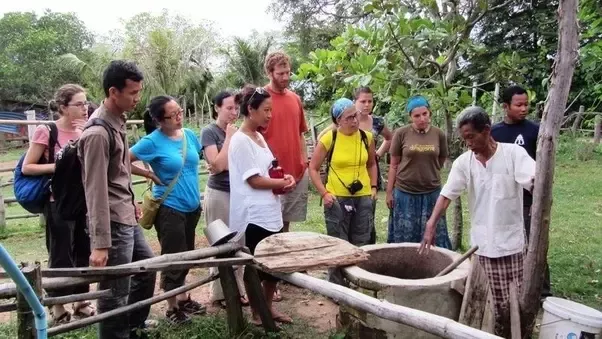Joshua Tree National Park is an American national park located in southeaster California, U.S. and surrounded by the parts of the Mojave and Colorado Deserts. National park is well known for its otherworldly landscapes, including rugged rock formations, stark desert plains, and more importantly it’s titled Joshua trees. Due to its geographical and topographic condition, the park offers most excellent outdoor travel opportunities for hiking, rock climbing, photography, and stargazing due to its dark night skies. Moreover, backpackers will also indulge themselves in the historic mining sites and enjoy the unique flora and fauna that thrive in this starkly beautiful environment.

Joshua Tree National Park is renowned for world famous rock formations, rich diverse plants, animals, and great human histories. Its unlimited desert vista and sunshine makes destination welcomes over 3 million visitors per year. Under this article we are going to provide some of the meaningful insights about Joshua Tree National Parks.
Read about; Glacier National Park.
History of Joshua Tree National Park
![]()
Joshua Tree National Park has more than 5,000 years of olden history and the area has been inhabited by the indigenous people from over a period of time. During the 1920s many developmental initiatives were taken from the U.S governments like contrasting the new road connections to desert and cactus poachers.
1934 year which was considered as the most successful year in the pages of national park history. Lot of developmental initiatives took place by President Franklin Delano Roosevelt. During this time areas of total 8, 25,000 acres of land converted as National park and resident found extremely desert plants, removal of cacti and other plants of the gardens.

Until 1936 Joshua Tree National Park was considered as Joshua National Monument administered by the Superintendent of Park. Later, Mr James Cole was appointed as a first superintendent in 1940 and deeded to the National Park Service by the 29 Palms Corporations in 1950. Joshua is a common name of Yucca brevifolia, which you can see normally in places of Mojave deserts, southwest Utah, southern Nevada and western Arizona (1,300 to 5,900 feet above the sea level).
According to the Desert Protection bill, Joshua Tree National Park was selected as a National Park status on 31 Oct, 1994. During this time, the bill added 2,34,000 acres of land and included complete ecological units like the entire mountain range, like low of 534 feet to high of 5,814 feet at Quail Mountain.

National Park’s 5, 91,624 current out of 7, 92,623 acres of land reserved for wild areas. It covers plants and animals like 813 higher species, 46 reptiles’ species, 57 mammals’ species and 250 bird species. Also includes park reptile, the desert tortoise, one park plant species, and triple- ribbed milk vetch. Average of 49 sort of plant species here are considered as the most endangered plant species. However, the park is also labelled for preserving the 88 historic structures, 19 cultural landscapes, 700 archaeological sites and 2,30,300 items of museum collections.
Things to Do in the Joshua Tree National Park
1. Hiking

You can expect numerous hiking trails of varying difficulty levels showcasing the parks unique rock formations, desert flora, and stunning vistas. Park ranges offer special programs and free ranger led walks and talks which explain about Park’s geology, wildlife and plant life. Some popular trails under this park are Hidden Valley, Barker Dam, and Ryan Mountain.
2. Rock Climbing

Joshua tree is a world-renowned destination for rock climbing, famous for its traditional style crack, slab and steep face climbing. Offering 8,000 climbing routes, 2,000 boulder problems with thousands of climbing routes suitable for all levels of travelers. Whether you’re a beginner or an experienced climber, you’ll find plenty of opportunities to test your skills on the park’s iconic granite formations. You can hire a climbing guide who holds PGCI or AMGA certificates.
3. Stargazing

Such a great experience offering from a designated Dark Sky Park in Joshua tree. It is a breath-taking opportunity for stargazing and astrophotography, dome peppered with the stars, planets and passing meteors. On clear nights, the park’s lack of light pollution allows for unparalleled views of the night sky.
4. Camping

You can indulge yourself in the several campgrounds scattered throughout the park, visitors can experience the unique beauty of Joshua tree by camping under the stars especially during night. Majority of 500 campsites in the park are available by reservations. Reservations are required 5 months prior booking and recommended, especially during peak seasons. Receiving is highly recommended especially during spring months (Oct to May) of weekends or holidays.
5. Bird watching

Bird watching is more visible during spring and summer months in Joshua Tree National Park. Year round resident bird watching such as greater roadrunner, mockingbird, rock wren, mourning dove and verdin. It is also home to a diverse array of bird species like red tailed hawk, American kestrel, Cooper’s hawk and prairie falcon. Paradise for birdwatchers even during all the seasons. Keep an eye out for roadrunners, cactus wrens, and various species of hawks and falcons. Some of them are migrated and some of them are permanent residue ones.
6. Photography
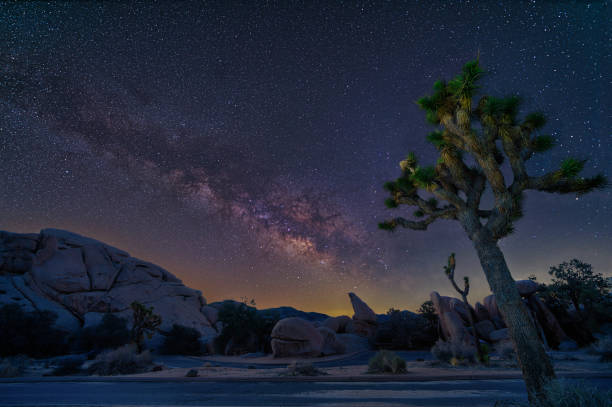
Joshua national park is a landmark for photographer’s paradise. The park’s otherworldly landscapes, abundant wildlife, and unique rock formations make it a photographer’s dream. However A plump chuckwalla baska in the sun, Joshua trees bizarre branches, wide open desert skies and helmeted rock with a rock face makes the most perfect spot for photographers. From sunrise to sunset, there are countless opportunities to capture stunning images. You can also follow Joshua tree on social media channels like Facebook, Instagram and Twitter.
7. Biking
Biking is a great way to explore places in Joshua Tree National Park where the park is restricted to roads open to vehicles. Most of the riders bicycled on the park’s backcountry roads which provided a better way to discover many areas with less traffic and clean environments. There are a number of ways of biking safety which are followed by the bikers like wearing a helmet, watch for pumps, wearing reflective clothing and carrying plenty of water while riding a bicycling.
8. Horseback rides
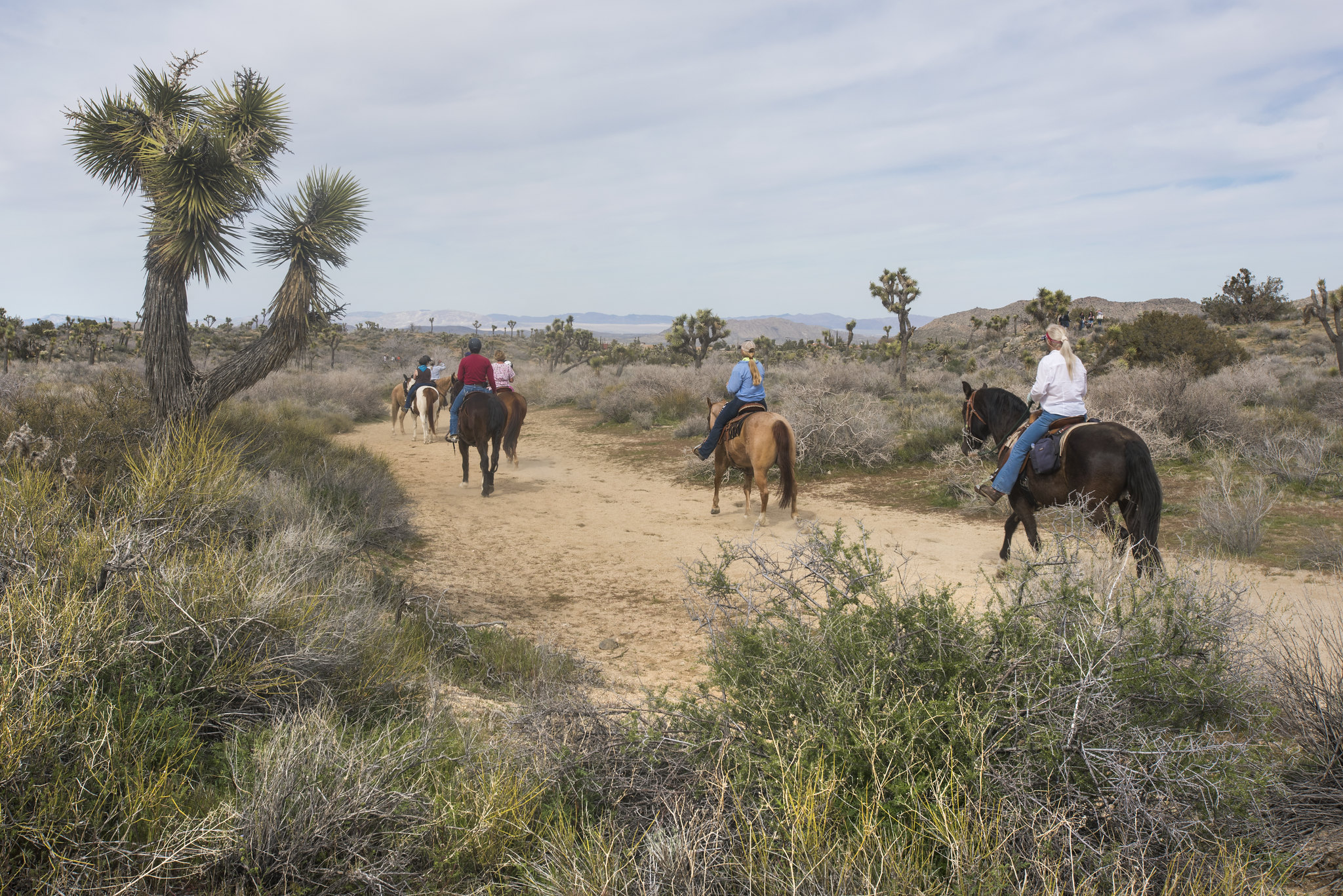
Horseback riding has long been a popular way to access and experience Joshua Tree National Park. Horseback trails contain a total 253 miles of equestrian trails and trail corridors traverse open lands, canyon bottoms and dry washes through the park. There are good numbers of measures one should take while riding the horse like desert ecosystems or soil that are fragile and require special care and take plenty of water.
9. Enjoy a Ranger Program
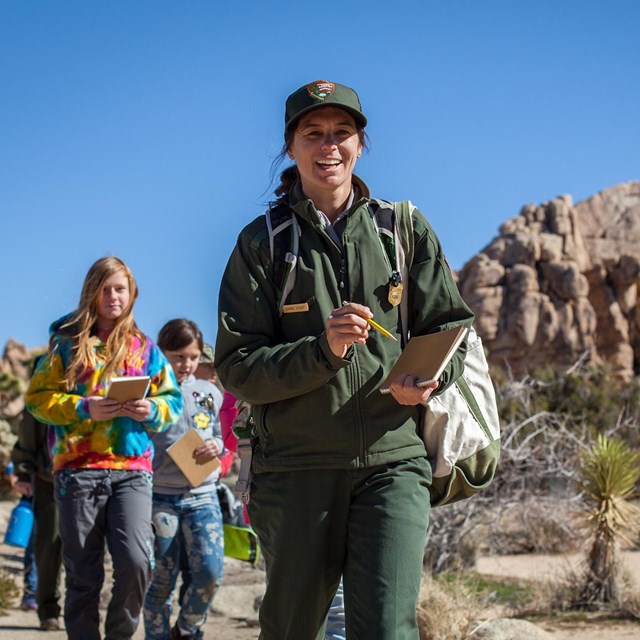
The Ranger program included free guided walks, talks and evening programs by the park rangers and volunteers. It is all about how humans, wildlife’s, and vegetation have adapted to survive the desert and how geologic forces. Check before taking the program in the park, which covers topics such as geology, whether it is covered desert ecology, and the cultural history of the area. These programs provide valuable insights and enrich the overall park experience.
Stanley Park, Vancouver, Canada.
Entrance Fees/ Ticket Prices in Joshua Tree National Park
If you want to enter this National Park you should hold 2 passes called Annual entrance pass and Standard Entrance Pass.
1. Standard Entrance Pass ($15-$30)
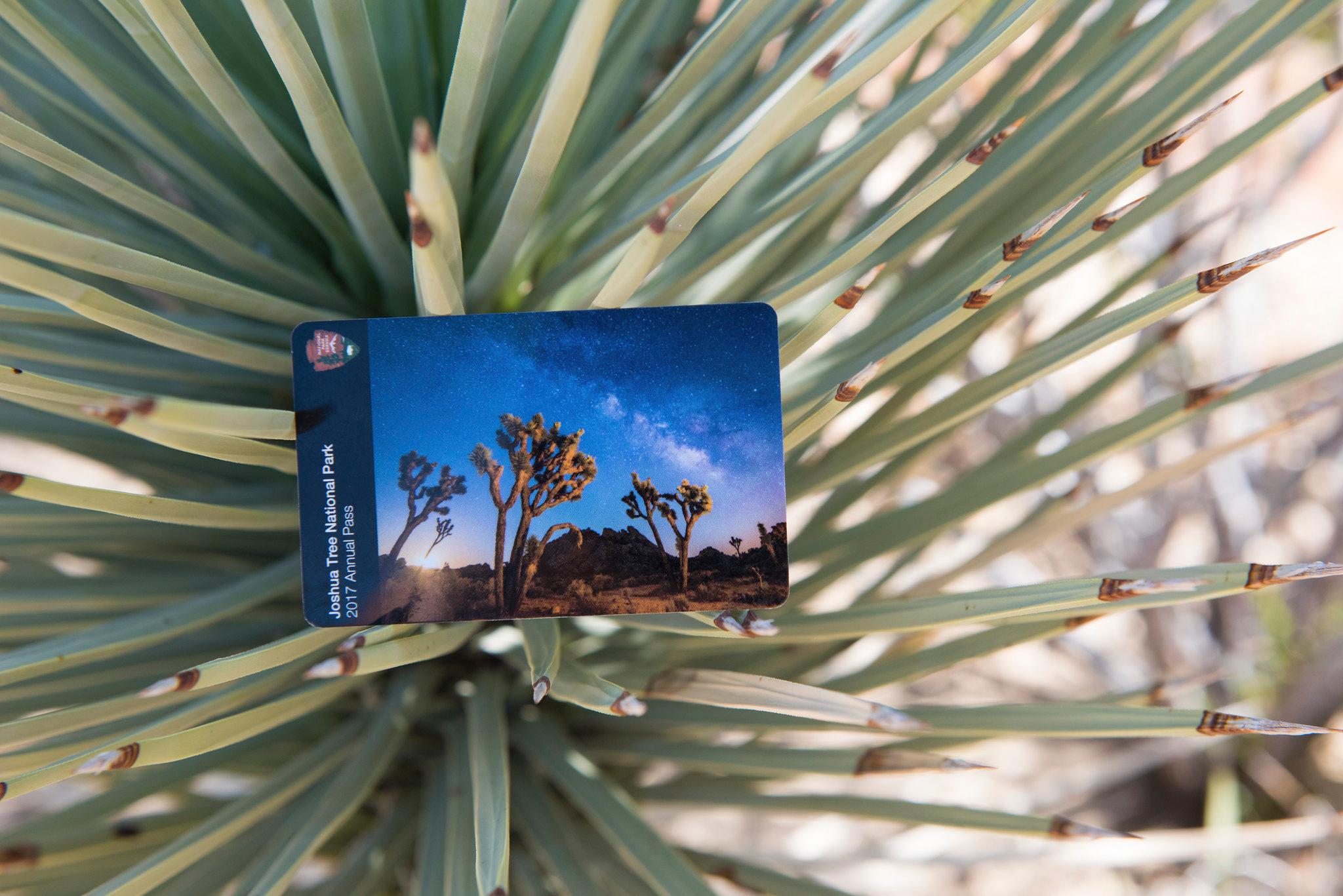
It is a pass which depends on how visitors arrive and if they are part of the commercial tour group or not. Under this the most common entrance fees is Private vehicle pass. Standard entrance pass contains 3 more special pass for;
- Private Vehicle-$30
- Motorcycle- $25
- Per Person-$15
2. Annual Entrance Pass ($55)
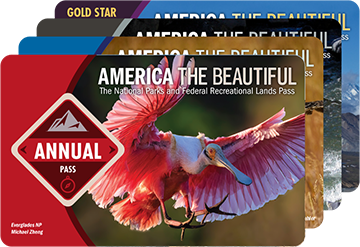
It is a valid pass which has a lifetime of 1 year from the date of purchase. It includes passenger entrance in single or non-commercial vehicles. Passes are available even in park entrances or visitors center’s too.
Weather

Joshua National Park offers beautiful weather year round, although each and every season in a year offers its own natural splendor. During the summer evening and night we can expect mild stargazing, while September to May is a perfectly ideal destination for daytime explorations. However during winter rains and mild temperature or rare snowfall seasons we can see a good number of wildflowers blossoms.
Camping in Joshua National Park
There are numerous campgrounds available to backpackers to make an overnight tent in the national park. Those are;
1. Black Rock Campground
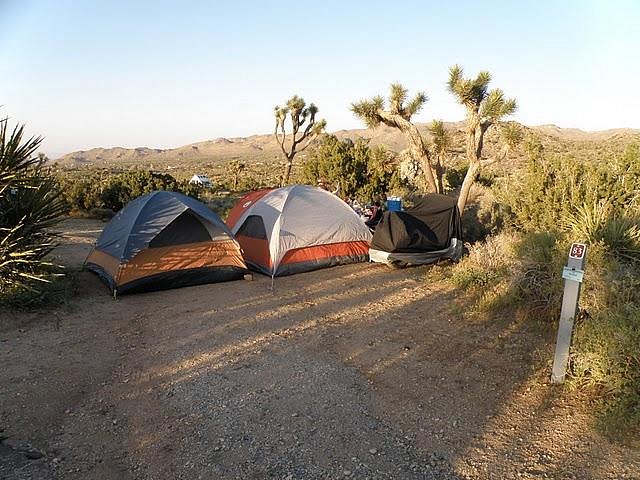
One of the largest campgrounds with 99 sites situated in the north-western side of the park. Here you can see a picnic table and a fire ring with attached rest rooms and water services. Campsites may vary according to size and accommodate tents and RVs. Here you can expect shopping centers and dump areas and picnic stations nearby. Separate area allocated for horse owners and staging rides.
2. Cottonwood Campground
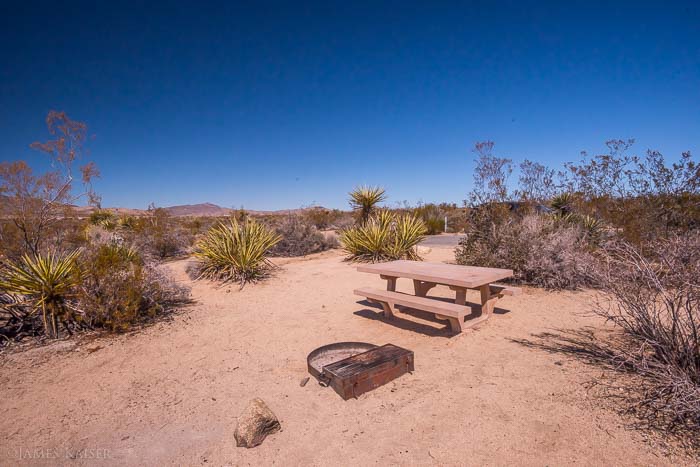
Cottonwood Campground has a reservation along with 62 sites with potable water facilities and toilets. Located near to Cottonwood visitors center in the southeast part of the park. $25 is an individual campsite fee allowing a maximum of 6 peoples, 3 tents and 2 cars. $40 for group campsites and amount vary depending on the site capacity. Here also you can see dump areas year round with prior booking like camp sites.
3. Jumbo Rocks Campground

Jumbo Rocks Campground holds a total 124 family and individual sites which all need reservation and prior booking systems. This is located in the heart of the center which offers great panoramic views of the rock formations. Operating 24 hours in a day including Sunday. For $20 entrance fees for 6 people, 3 tents and 2 cars are allowed and for $10 you will get a senior or access pass, which allows you to enjoy the same feature while paying 420 fees.
4. Indian Cove Campground

Located on the 62 highways, just 13 miles from east of Joshua tree villages and 10 miles from west of 29 palms. It contains 101 campsites out of which 13 groups are sorted. You can reserve 39 sites prior in advances between memorial and labor days. Keep in mind that there is more scarcity for water and you need to walk 2 miles north of campsites. There are RV filling stations available for every 29 palms.
5. Ryan Campsites
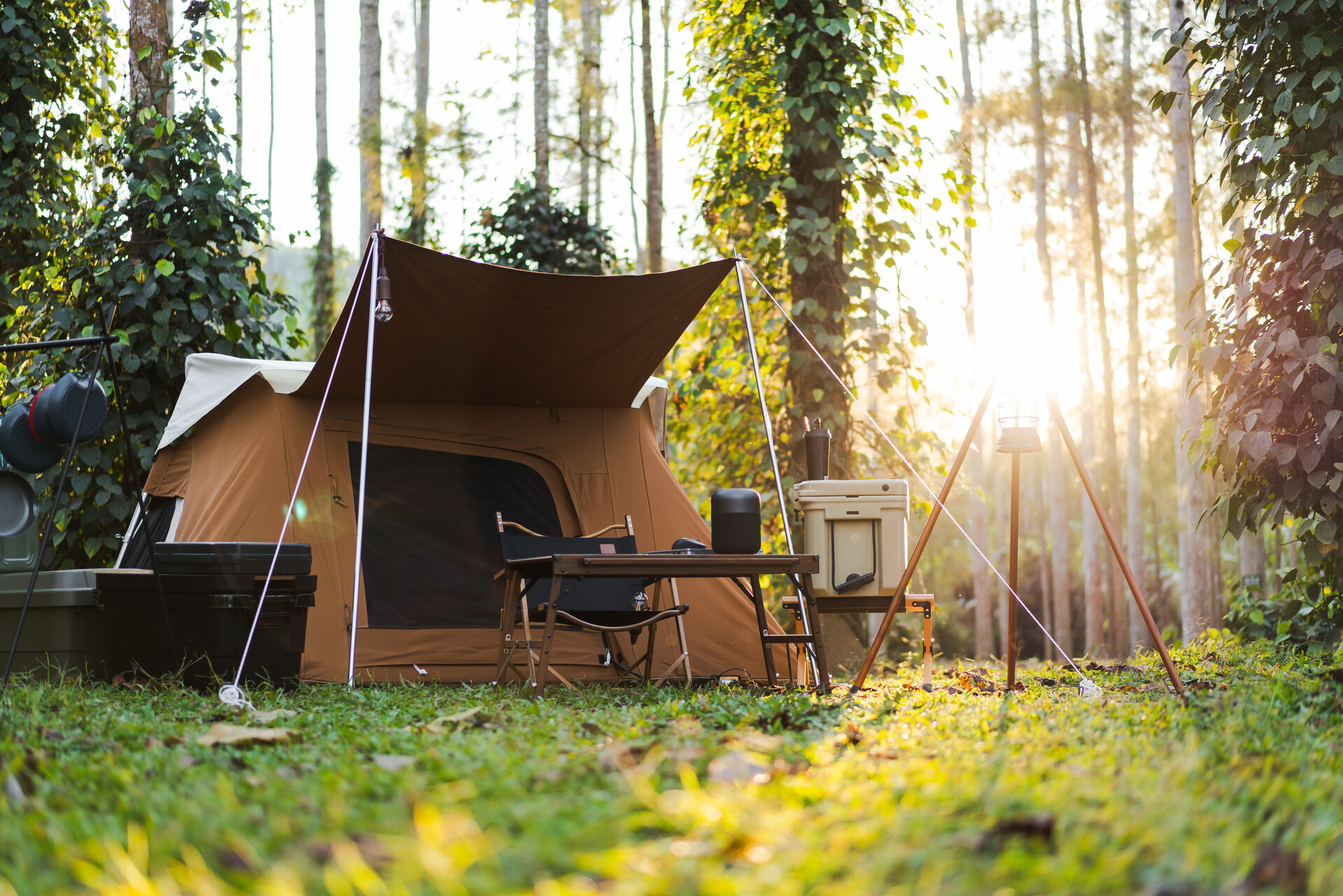
It has a total of 31 campsites, all reserved for those who are advanced in prior. Located in the heart of the park and very next to the California riding and hiking trails. There are a total of 4 designated horseman sites and campsites with black rock campground including prior reservations. It is very sad to say that here also you can see less water sources. Total 3 bicycles sites are available at the cost of $5 per night for 3 tents 3 peoples per campsites.
Best Time to Visit

Simply, the best time to visit Joshua Tree National Park is between “March to May and October to November”. Even Though park operates year round, its overall atmosphere is so friendly and comfortable to explore new places. Especially during spring and fall temperature goes 85 degree high and varies according to the situation and places within the national park.
During daytime winter temperatures sometimes go above 60 degrees and it will reduce to 30 degrees during night-time. Interestingly, during the day time of summer the temperature goes above 100 degrees and it will reduce to 75 degrees during night time on the same day.
Joshua Tree National Park Map

Q: Where is Joshua Tree National Park is located?
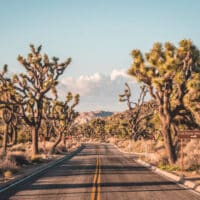
A: Joshua Tree National Park is located in the east of the Palm springs and 60 miles from the east of San Bernardino, in southeaster California, U.S.
Q: What is so special about Joshua Trees?
A: There are number of distinctive features contained in the Joshua trees like its tough leaves were worked baskets and sandals, roasted seeds make a healthy food for dietitians and flowers buds too.
Q: How big is Joshua Tree National Park?
A: According to estimations, Joshua Tree National Park is around 7,95,156 (3, 217 square Km) acres of total land areas.
Q: What part of California is Joshua Tree?
A: Joshua Trees is situated in the Southern Part of the California.


